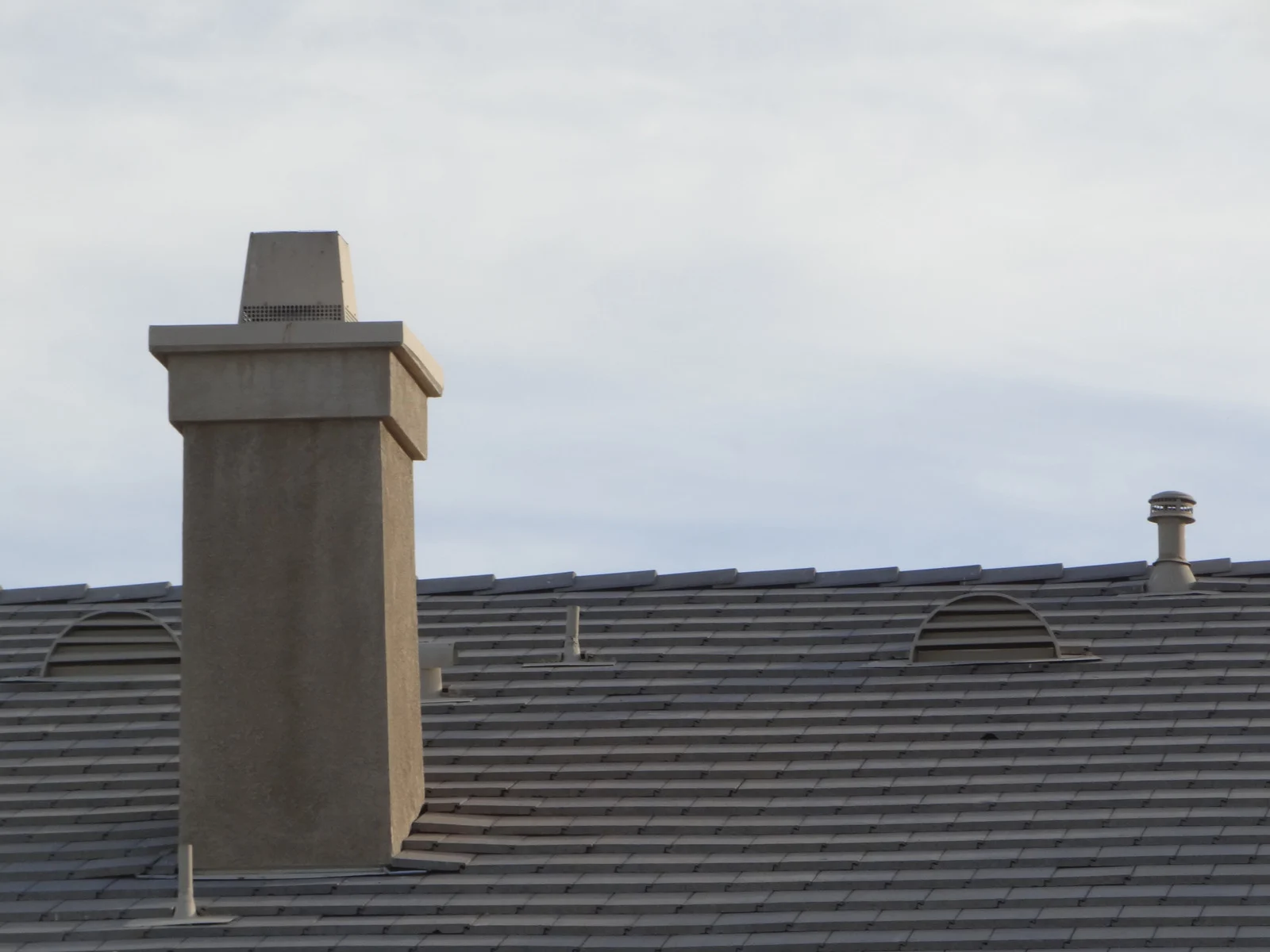
Amidst rising energy costs and environmental concerns, homeowners are continuously searching for ways to enhance the energy efficiency of their living spaces. One often overlooked element in this energy-saving quest is the chimney. This architectural feature, traditionally associated with cozy fireplaces, holds significant potential for improving a home's heating efficiency and reducing its carbon footprint.
The Historical Context: Chimneys and Home Heating
The use of chimneys dates back centuries and was primarily aimed at smoke removal from open hearths. As heating technologies evolved, so did chimney designs. The central role of the chimney in ventilation and heat management has been crucial in regions with colder climates, where an efficient chimney could make the difference between a warm refuge and a drafty dwelling.
Modern Chimney Design: A Game Changer
Today’s chimney design is a blend of art, science, and environmental engineering. Contemporary chimneys are not just smoke vents; they are sophisticated systems designed to minimize heat loss, maximize warmth distribution, and contribute to a home's overall energy profile.
The Stack Effect: Harnessing Natural Forces
A well-designed chimney utilizes the stack effect, a natural process of air movement within a building due to temperature differences. By carefully planning the height, location, and insulation of the chimney, modern architects can enhance this effect to improve ventilation and natural heat distribution.
Materials Matter: The Rise of Insulated Chimneys
Insulation technology has transformed the way chimneys contribute to home heating. Modern insulated chimneys retain more heat within the home by preventing the warmth from escaping through the chimney walls. This directly translates to less fuel consumption and greater energy savings.
Sealing the Deal: Airtight Fireplace Dampers
A traditional fireplace can be an avenue for heat loss, even when not in use. Airtight fireplace dampers seal the chimney off when the fireplace is inactive, preventing warm indoor air from escaping and cold outdoor air from infiltrating the home.
Smart Heating: Chimneys in the Digital Age
The integration of smart home technology with chimney design has led to systems that can control airflow and heat distribution much more efficiently. Thermostatically controlled dampers and vents ensure that heat is maintained and distributed exactly where and when it is needed.
Chimneys and Alternative Energy: A Synergistic Approach
Chimneys also play a role in homes utilizing solar heating or heat recovery systems. They can act as conduits for warm air distribution, capitalizing on passive solar gain and other alternative energy sources, reducing reliance on traditional fossil fuels.
Regular Maintenance: The Key to Efficiency
To maintain the energy efficiency of a chimney, regular inspections and cleanings are critical. This ensures that the chimney is clear of obstructions and the structure remains sound, minimizing the risk of heat loss and maximizing the chimney’s efficiency.
In conclusion, the humble chimney has ascended to a pivotal role in the energy efficiency of modern homes. By combining traditional design principles with cutting-edge materials and technology, today’s chimneys are instrumental in creating more sustainable living spaces.
For cutting-edge chimney solutions that bolster your home's energy efficiency, reach out to Chimney Sweep Masters WA. Our experts are equipped with the latest in chimney technology and sustainability practices. Dial +1 (206) 737-8884 for a consultation and take the next step towards a greener, more efficient home.